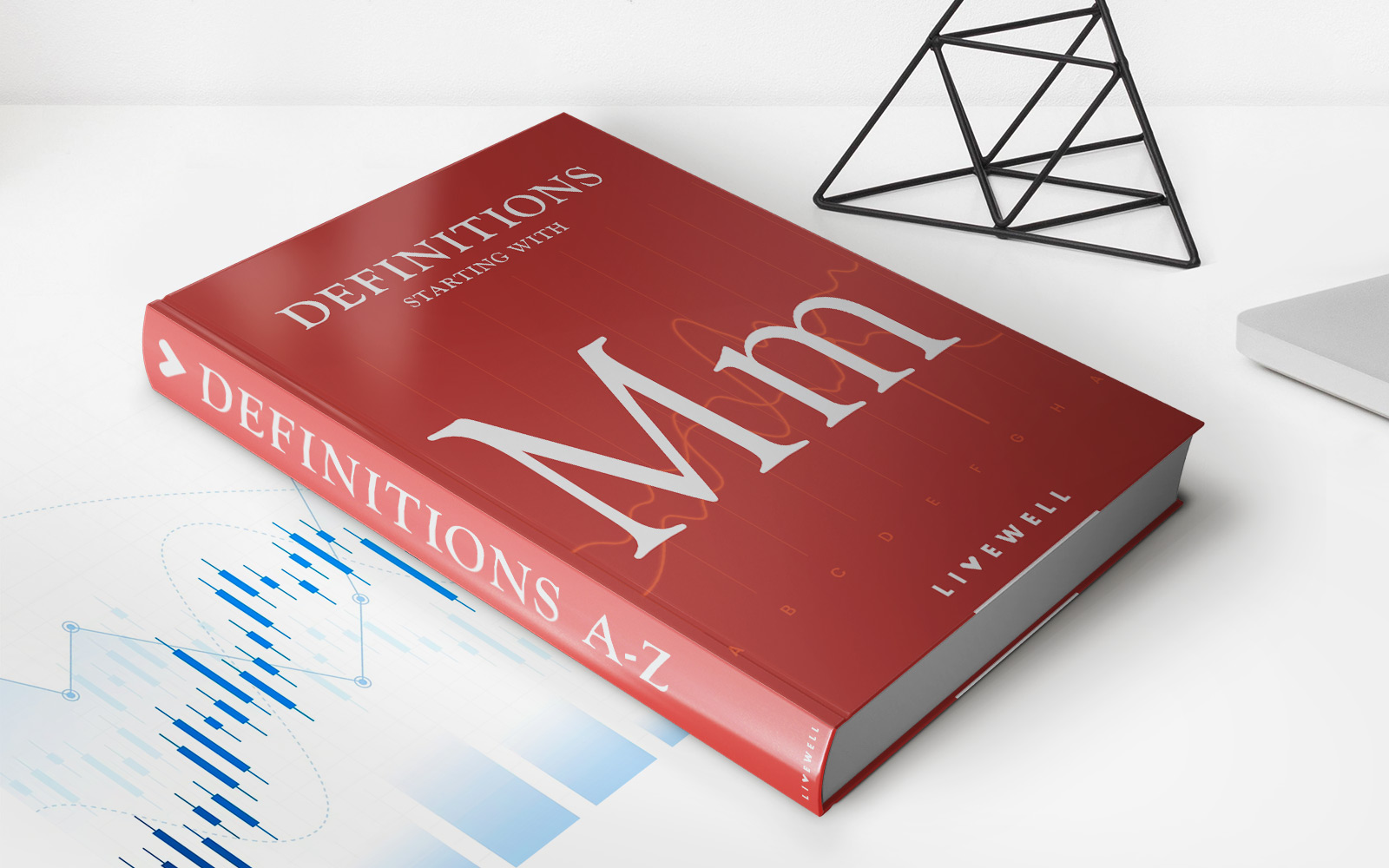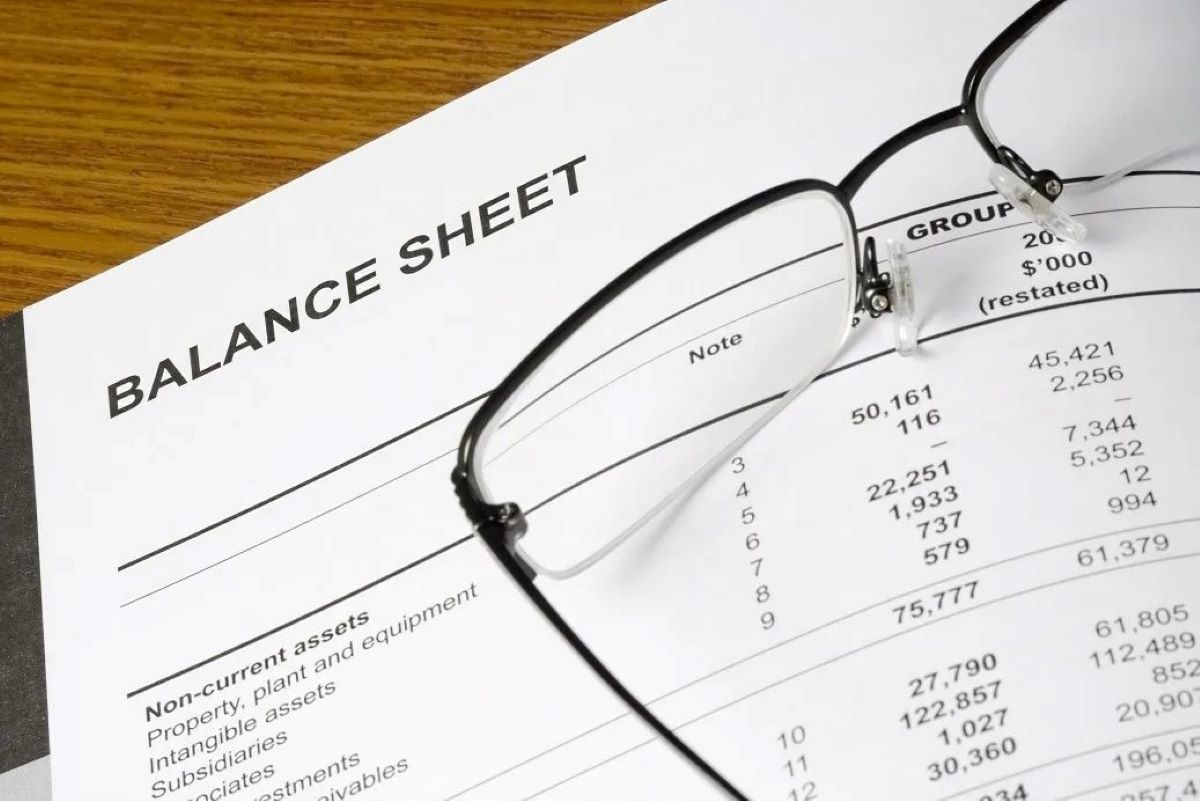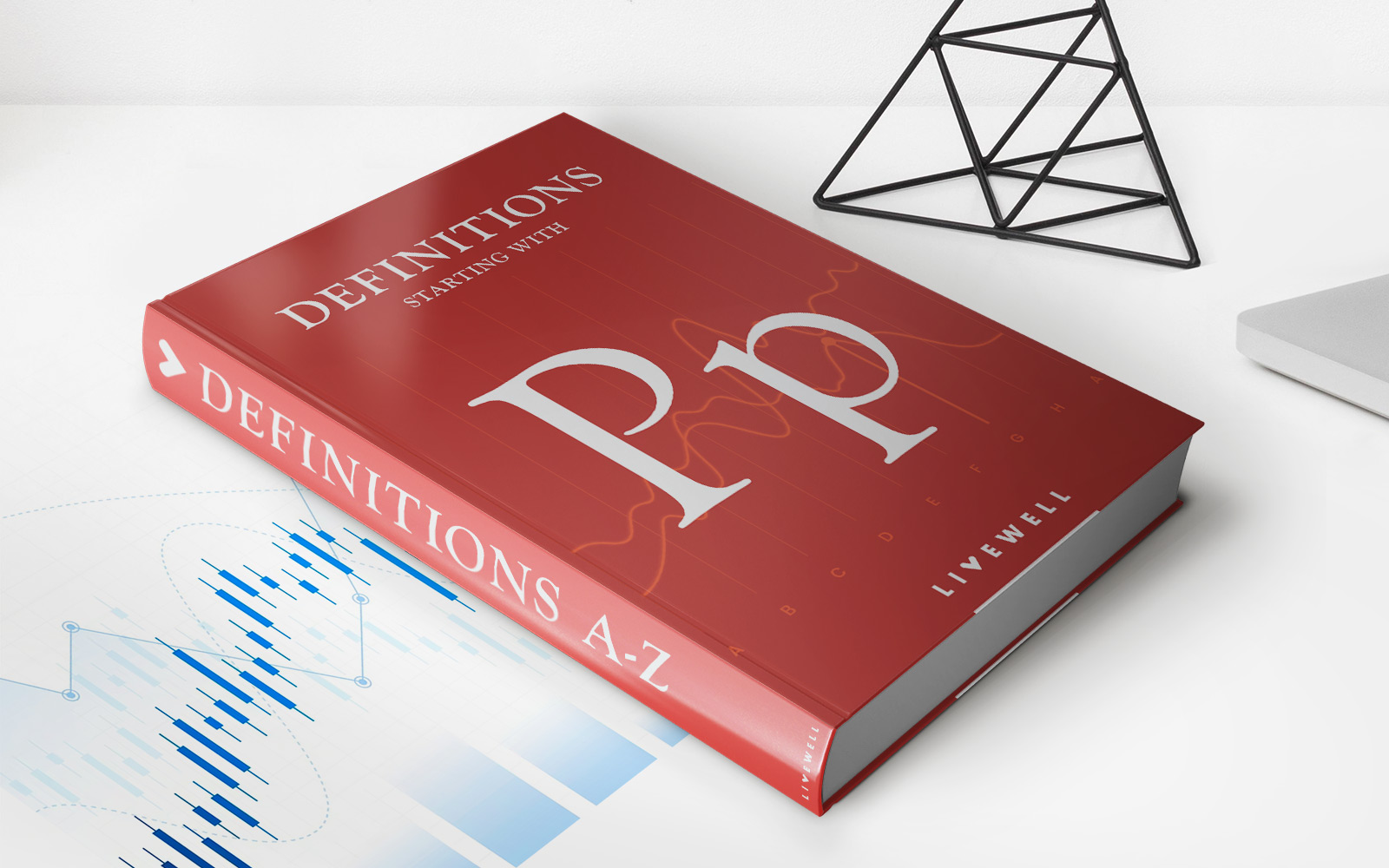Home>Finance>How Many Days Is A Chase Bank Grace Period For Mortgage?


Finance
How Many Days Is A Chase Bank Grace Period For Mortgage?
Modified: February 21, 2024
Learn about the grace period for Chase Bank mortgages and how many days it offers for repayment. Get expert insights on managing your finances effectively.
(Many of the links in this article redirect to a specific reviewed product. Your purchase of these products through affiliate links helps to generate commission for LiveWell, at no extra cost. Learn more)
Table of Contents
Introduction
Welcome to the world of mortgages and grace periods! If you're a homeowner or planning to become one, understanding the concept of grace periods, especially in the context of Chase Bank mortgages, is crucial. A grace period is a designated timeframe after the due date during which a payment can be made without incurring penalties. In the case of Chase Bank mortgages, the grace period provides borrowers with a window of opportunity to make their mortgage payments without facing late fees or potential credit score repercussions.
Navigating the intricacies of mortgage payments can be daunting, but with the right knowledge and strategies, you can effectively manage your finances while ensuring timely payments. In this comprehensive guide, we'll delve into the specifics of the Chase Bank grace period for mortgages, explore the factors that can influence this timeframe, and highlight the significance of leveraging the grace period to maintain financial stability.
Whether you're a first-time homeowner or a seasoned property owner, understanding the dynamics of the grace period can empower you to make informed decisions and effectively manage your mortgage payments. So, let's embark on this enlightening journey to unravel the nuances of the Chase Bank grace period for mortgages and equip ourselves with valuable insights to navigate the realm of homeownership with confidence and savvy financial acumen.
Understanding the Chase Bank Grace Period for Mortgage
When it comes to managing your mortgage payments, having a clear understanding of the grace period provided by Chase Bank is essential. The grace period represents the additional time granted by the lender, in this case, Chase Bank, for borrowers to make their mortgage payments after the due date without facing negative consequences.
Chase Bank typically offers a grace period for mortgage payments, allowing borrowers to submit their payments after the due date without incurring late fees or having the delay reported to credit bureaus. While the specific duration of the grace period can vary, it is commonly around 15 days from the due date. During this period, borrowers can make their payments without experiencing financial penalties, thereby providing a buffer for unforeseen circumstances or temporary financial constraints.
It’s important to note that while the grace period offers a degree of flexibility, the payment should ideally be made within this timeframe to avoid any potential repercussions. Understanding the terms and conditions of the grace period provided by Chase Bank is crucial for responsible financial management and maintaining a positive payment history.
By comprehending the intricacies of the Chase Bank grace period for mortgages, borrowers can effectively plan and allocate their financial resources, ensuring that they meet their payment obligations within the specified timeframe. This knowledge empowers homeowners to navigate their mortgage responsibilities with confidence and proactive financial planning, ultimately contributing to a stable and sustainable homeownership experience.
Factors Affecting the Grace Period
The duration and specific conditions of the grace period for Chase Bank mortgages can be influenced by various factors, each playing a role in determining the flexibility and terms associated with the payment timeline. Understanding these factors can provide valuable insights into the dynamics of the grace period and its implications for borrowers.
- Loan Agreement Terms: The terms outlined in the initial loan agreement between the borrower and Chase Bank can significantly impact the grace period. These terms may specify the duration of the grace period, any additional fees or charges incurred during the grace period, and the actions taken by the lender if payments are not made within this timeframe.
- State Regulations: State-specific regulations and laws can influence the grace period provided by lenders. Certain states may have regulations governing grace periods for mortgage payments, potentially impacting the standard grace period offered by Chase Bank based on the borrower’s location.
- Payment History: A borrower’s previous payment history and creditworthiness can also influence the leniency or strictness of the grace period. Those with a strong history of timely payments and a positive credit standing may receive more flexibility during unforeseen financial challenges.
- Loan Servicing Guidelines: The guidelines and policies set forth by Chase Bank’s loan servicing department can play a role in determining the grace period. These guidelines may encompass the handling of late payments, the communication of grace period details to borrowers, and the options available to mitigate potential late fees.
- Financial Hardship Considerations: In cases of genuine financial hardship, lenders such as Chase Bank may offer additional support and flexibility, potentially extending the grace period or providing alternative payment arrangements to assist borrowers in managing their mortgage obligations during challenging times.
By considering these factors, borrowers can gain a comprehensive understanding of the nuances shaping the grace period for Chase Bank mortgages. This awareness can inform their financial planning and decision-making, empowering them to navigate potential challenges while leveraging the available resources and support provided by the lender.
Importance of Utilizing the Grace Period
The grace period offered by Chase Bank for mortgage payments holds significant importance for borrowers, serving as a valuable lifeline during unforeseen financial circumstances and contributing to responsible financial management. Understanding and effectively utilizing the grace period can have far-reaching benefits, safeguarding borrowers from unnecessary penalties and preserving their financial well-being.
Financial Flexibility: The grace period provides borrowers with a crucial window of financial flexibility, allowing them to navigate temporary cash flow challenges without facing immediate repercussions. This flexibility can be instrumental in managing unexpected expenses or income fluctuations, ensuring that borrowers can meet their mortgage obligations without undue stress.
Protection Against Late Fees: By leveraging the grace period, borrowers can avoid incurring late fees that may strain their financial resources. This protection against additional financial burdens enables borrowers to allocate their funds strategically, addressing immediate needs while maintaining their mortgage payments within the grace period.
Maintaining Creditworthiness: Timely utilization of the grace period helps borrowers safeguard their credit scores and payment history. By making payments within the designated timeframe, borrowers can prevent negative reporting to credit bureaus, preserving their creditworthiness and long-term financial stability.
Strategic Financial Planning: The grace period empowers borrowers to engage in proactive financial planning, allowing them to prioritize their expenses and allocate resources effectively. This strategic approach to financial management can contribute to overall stability and resilience in the face of unforeseen financial challenges.
Reduced Stress and Anxiety: Knowing that a grace period is available can alleviate the stress and anxiety associated with potential late payments. Borrowers can approach their financial responsibilities with greater confidence, knowing that they have a reasonable timeframe to address any temporary financial constraints.
By recognizing the importance of the grace period and maximizing its benefits, borrowers can navigate their mortgage obligations with greater ease and financial prudence. The grace period serves as a valuable tool for maintaining financial equilibrium and mitigating the impact of short-term financial disruptions on long-term homeownership goals.
Tips for Managing Mortgage Payments during the Grace Period
Effectively managing mortgage payments during the grace period is essential for maintaining financial stability and maximizing the benefits of the additional timeframe provided by Chase Bank. By implementing strategic approaches and proactive financial management techniques, borrowers can navigate the grace period with confidence and ensure that their mortgage obligations are met responsibly.
- Transparent Communication: In cases where utilizing the grace period is necessary, transparent communication with Chase Bank is key. Keeping the lender informed about any temporary financial challenges and outlining a plan for timely payment can foster understanding and potentially mitigate adverse consequences.
- Financial Planning: Leveraging the grace period for mortgage payments necessitates effective financial planning. Assessing cash flow, prioritizing essential expenses, and allocating funds to meet the mortgage obligation within the grace period can help borrowers navigate temporary financial constraints with greater ease.
- Utilize Online Payment Options: Taking advantage of Chase Bank’s online payment platforms can streamline the payment process during the grace period. Online payment options offer convenience and speed, enabling borrowers to submit their payments within the designated timeframe without delays associated with traditional payment methods.
- Explore Hardship Assistance Programs: In situations of genuine financial hardship, borrowers can inquire about hardship assistance programs offered by Chase Bank. These programs may provide additional support, alternative payment arrangements, or extensions to the grace period, offering valuable relief during challenging times.
- Monitor Credit Score Impact: While utilizing the grace period, borrowers should remain vigilant about monitoring their credit scores. Ensuring that timely payments are made within the grace period can prevent any negative impact on credit scores, preserving their long-term financial standing.
- Long-Term Financial Planning: Utilizing the grace period should be accompanied by a focus on long-term financial planning. Evaluating the factors contributing to the need for the grace period and implementing measures to enhance financial resilience can contribute to sustained stability and proactive financial management.
By incorporating these tips into their approach to managing mortgage payments during the grace period, borrowers can navigate temporary financial challenges with confidence and responsible financial stewardship. Leveraging the grace period effectively can contribute to a sustainable and well-managed homeownership experience, ensuring that borrowers maintain financial equilibrium while addressing short-term financial constraints.
Conclusion
Understanding the intricacies of the Chase Bank grace period for mortgages is a fundamental aspect of responsible homeownership and effective financial management. The grace period serves as a valuable resource, offering borrowers the flexibility and breathing room to navigate temporary financial challenges without incurring unnecessary penalties or negative credit repercussions.
By comprehending the factors influencing the grace period, borrowers can gain insights into the dynamics shaping this essential timeframe for mortgage payments. State regulations, loan agreement terms, and individual financial circumstances all play a role in determining the leniency and conditions of the grace period, highlighting the importance of informed decision-making and proactive financial planning.
Utilizing the grace period effectively entails transparent communication with the lender, strategic financial planning, and a focus on long-term financial resilience. By implementing these tips and techniques, borrowers can harness the benefits of the grace period while safeguarding their financial well-being and creditworthiness.
Ultimately, the grace period represents more than just an extension of the payment due date; it embodies an opportunity for borrowers to navigate financial challenges with grace and prudence. It offers a buffer against the unexpected, a shield against unnecessary financial burdens, and a pathway to sustained financial stability in the realm of homeownership.
As borrowers continue their journey of homeownership, understanding and leveraging the Chase Bank grace period for mortgages empowers them to approach their financial responsibilities with confidence, resilience, and informed decision-making. By embracing the nuances of the grace period and integrating proactive financial management strategies, borrowers can navigate the ebb and flow of financial circumstances while maintaining a steadfast commitment to responsible homeownership.
In conclusion, the grace period provided by Chase Bank encapsulates the essence of financial empowerment, offering borrowers the means to navigate temporary financial challenges without compromising their long-term financial well-being. It represents a cornerstone of responsible financial management and a testament to the collaborative relationship between borrowers and their lending institution, fostering a landscape where homeownership is not just a goal but a sustainable and well-managed reality.














